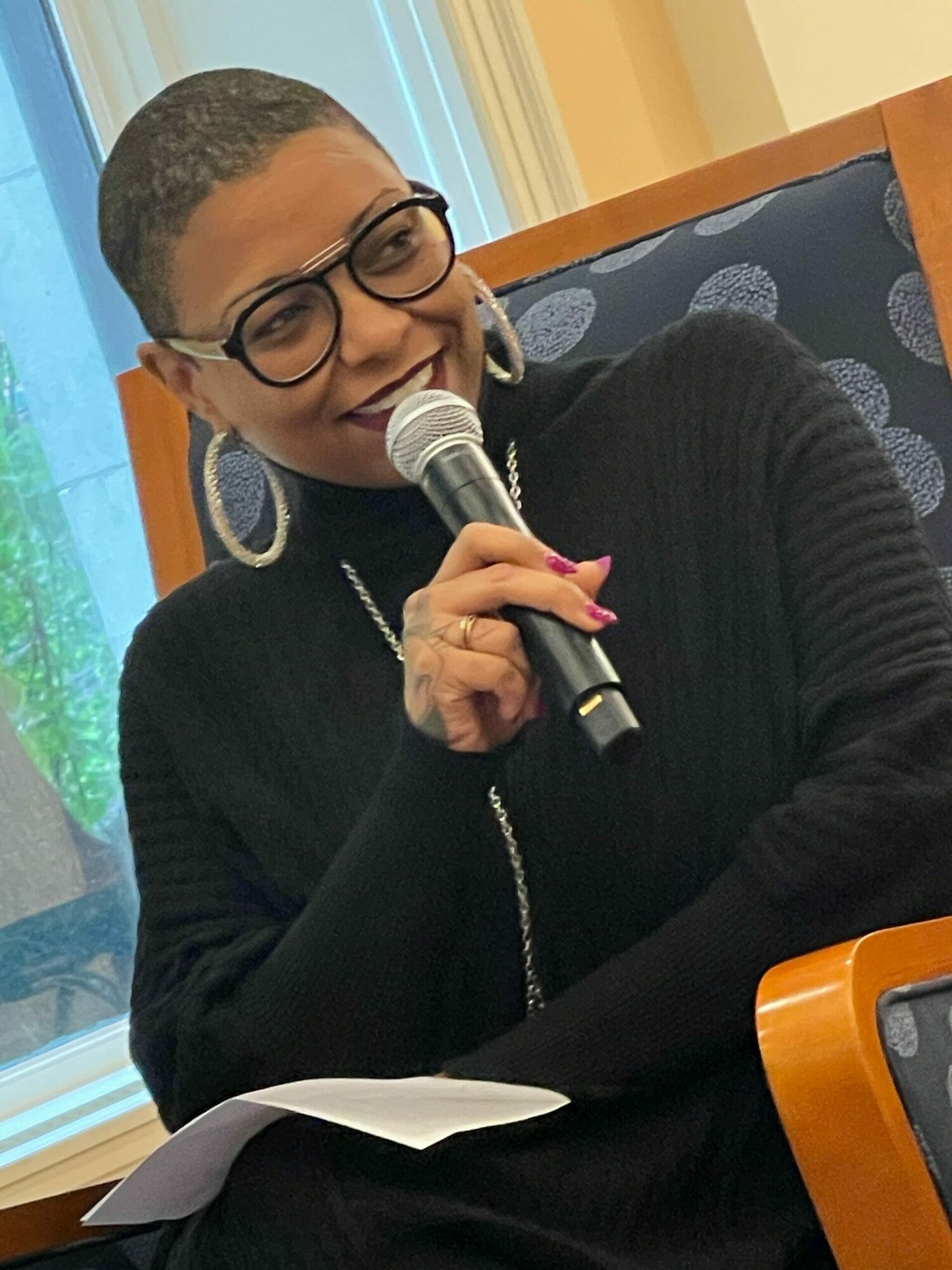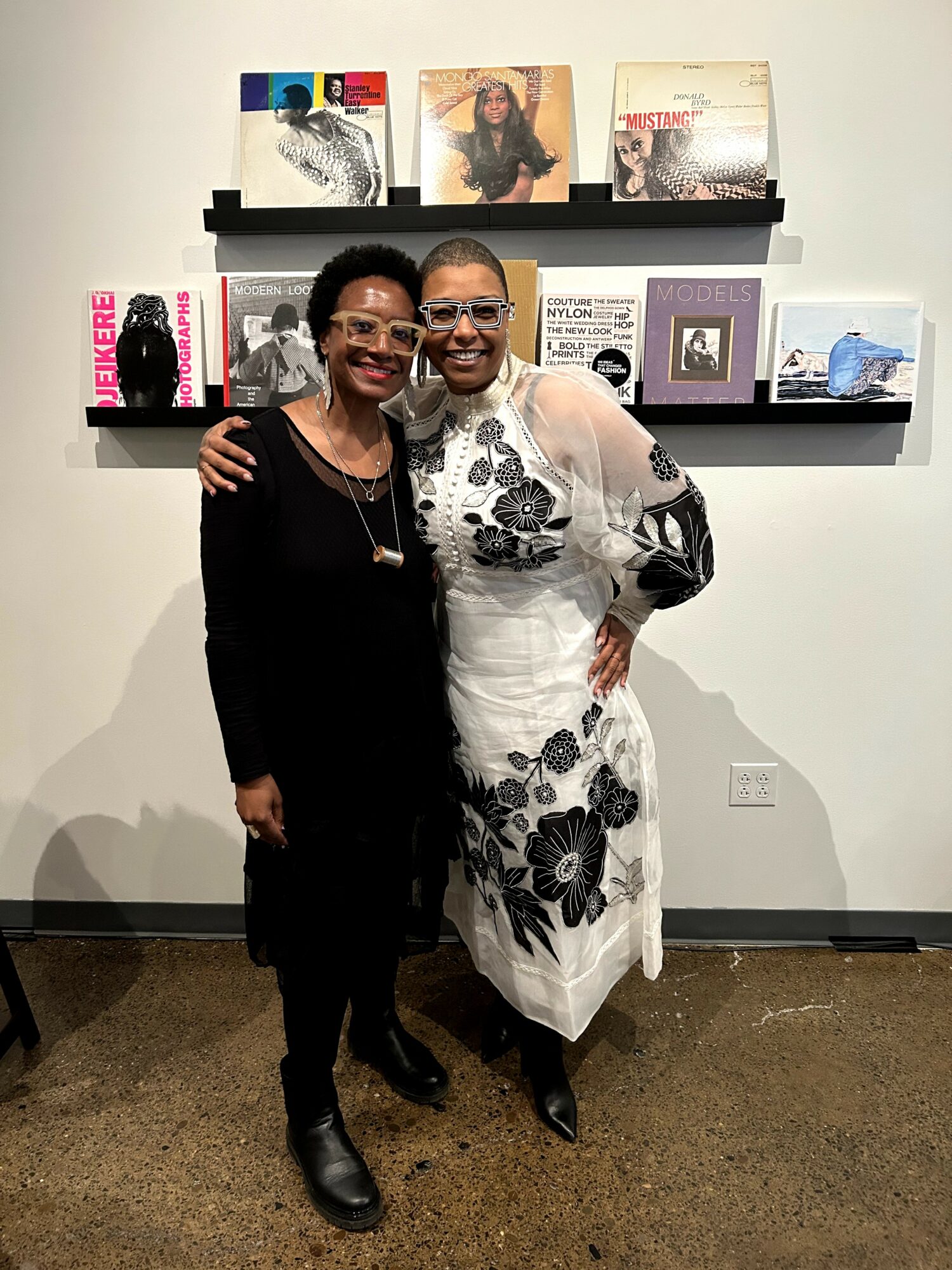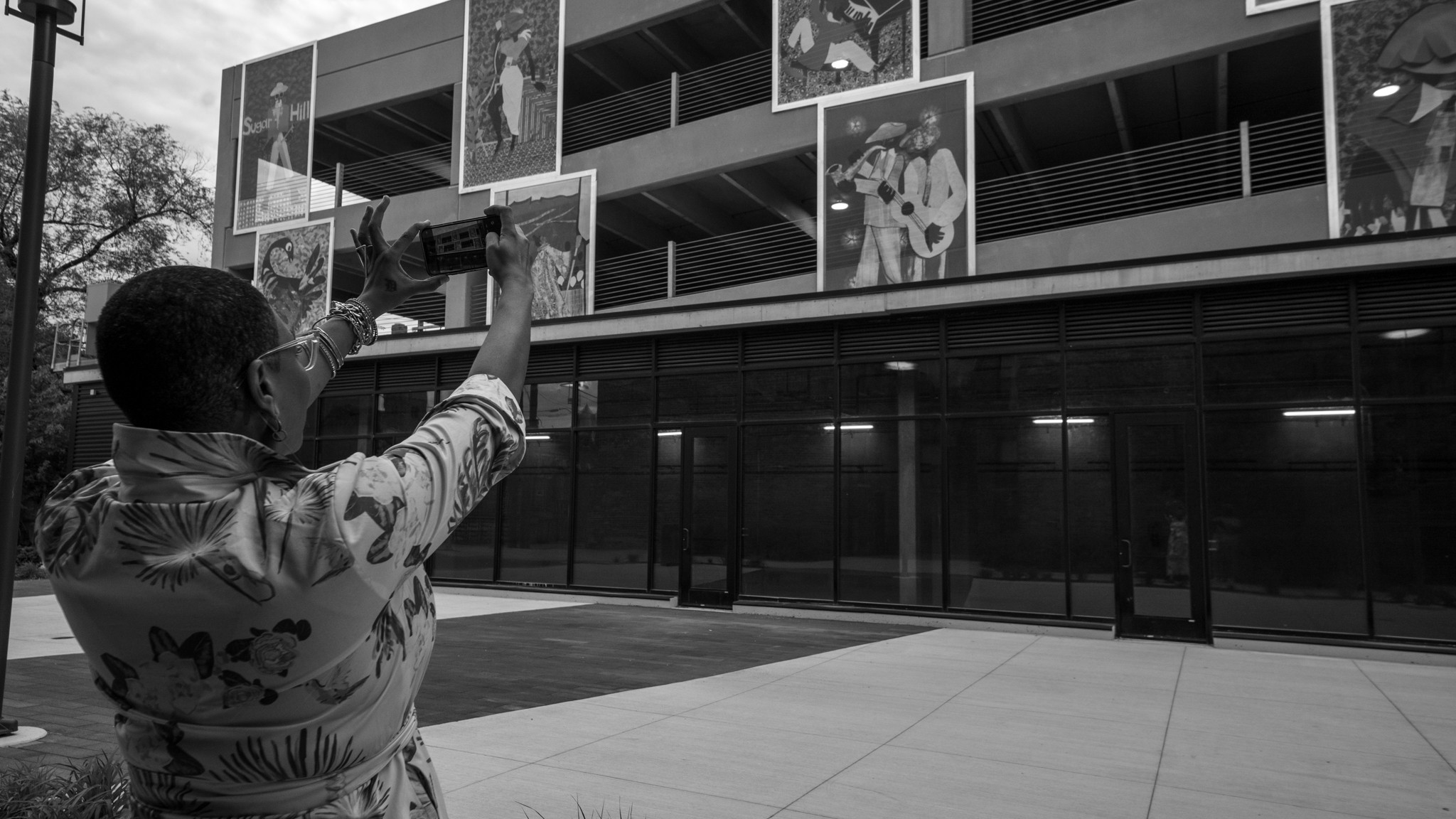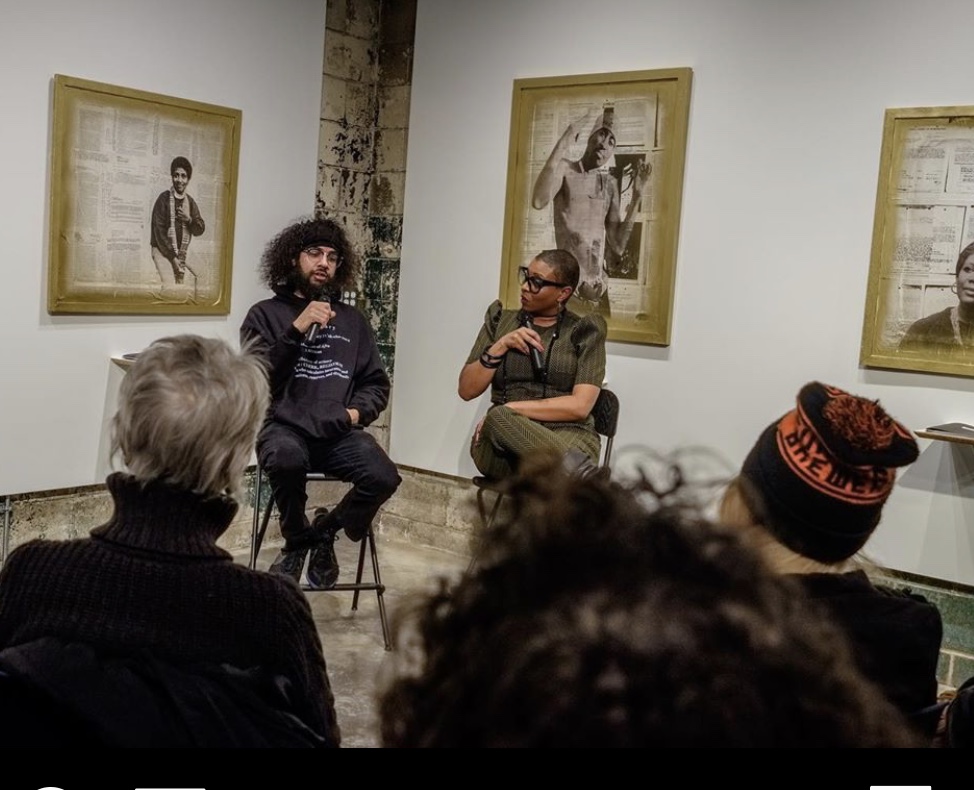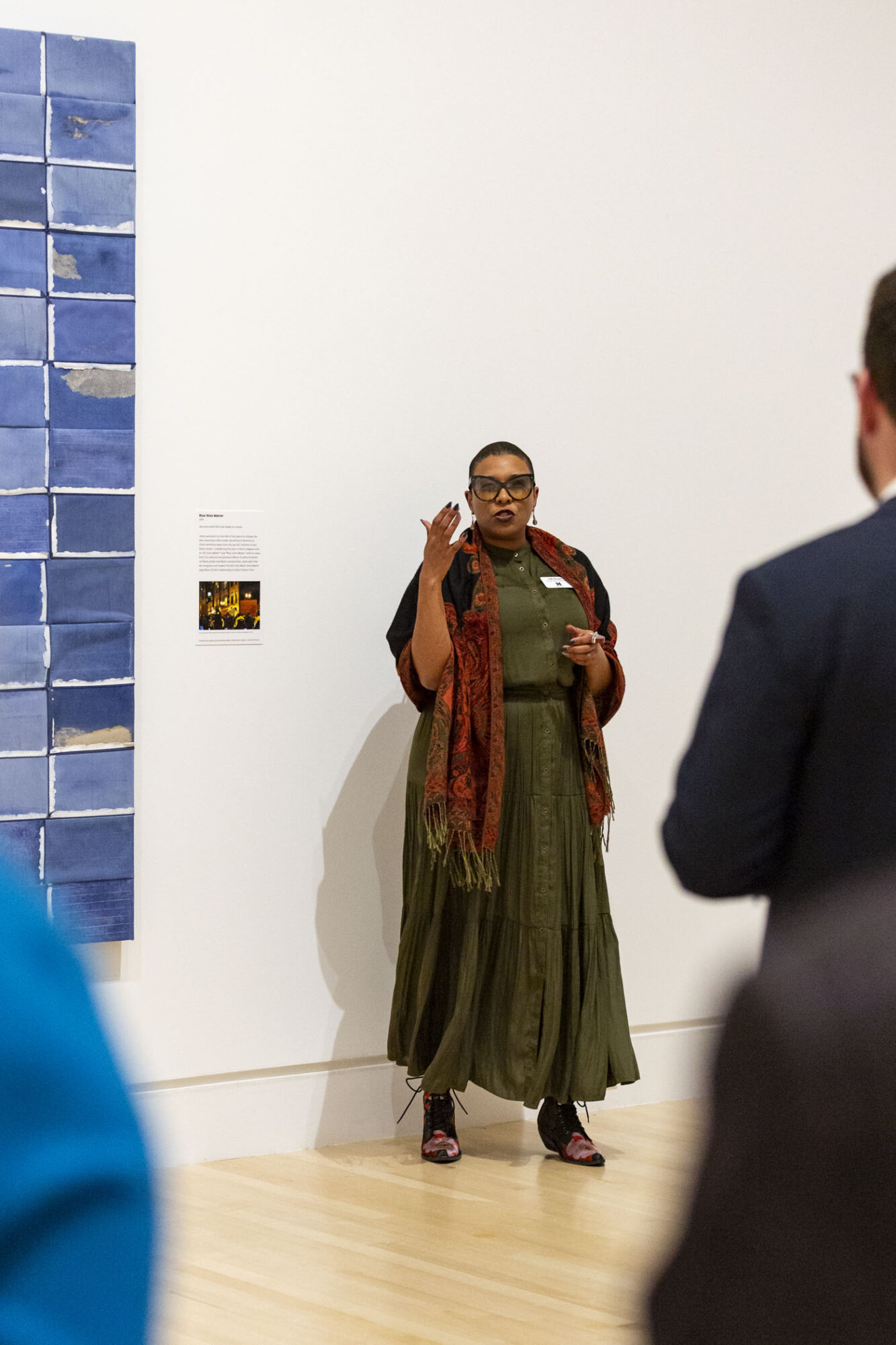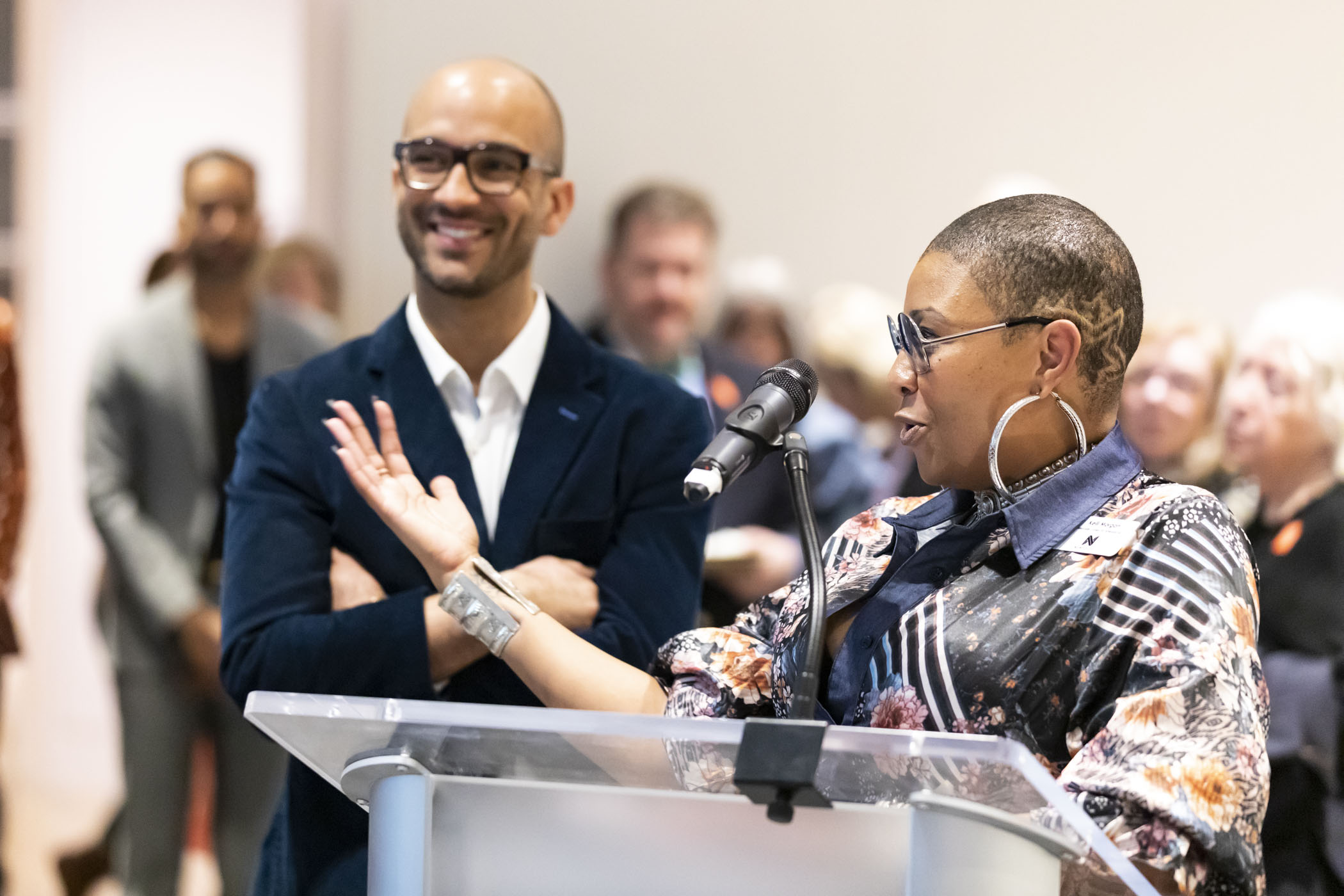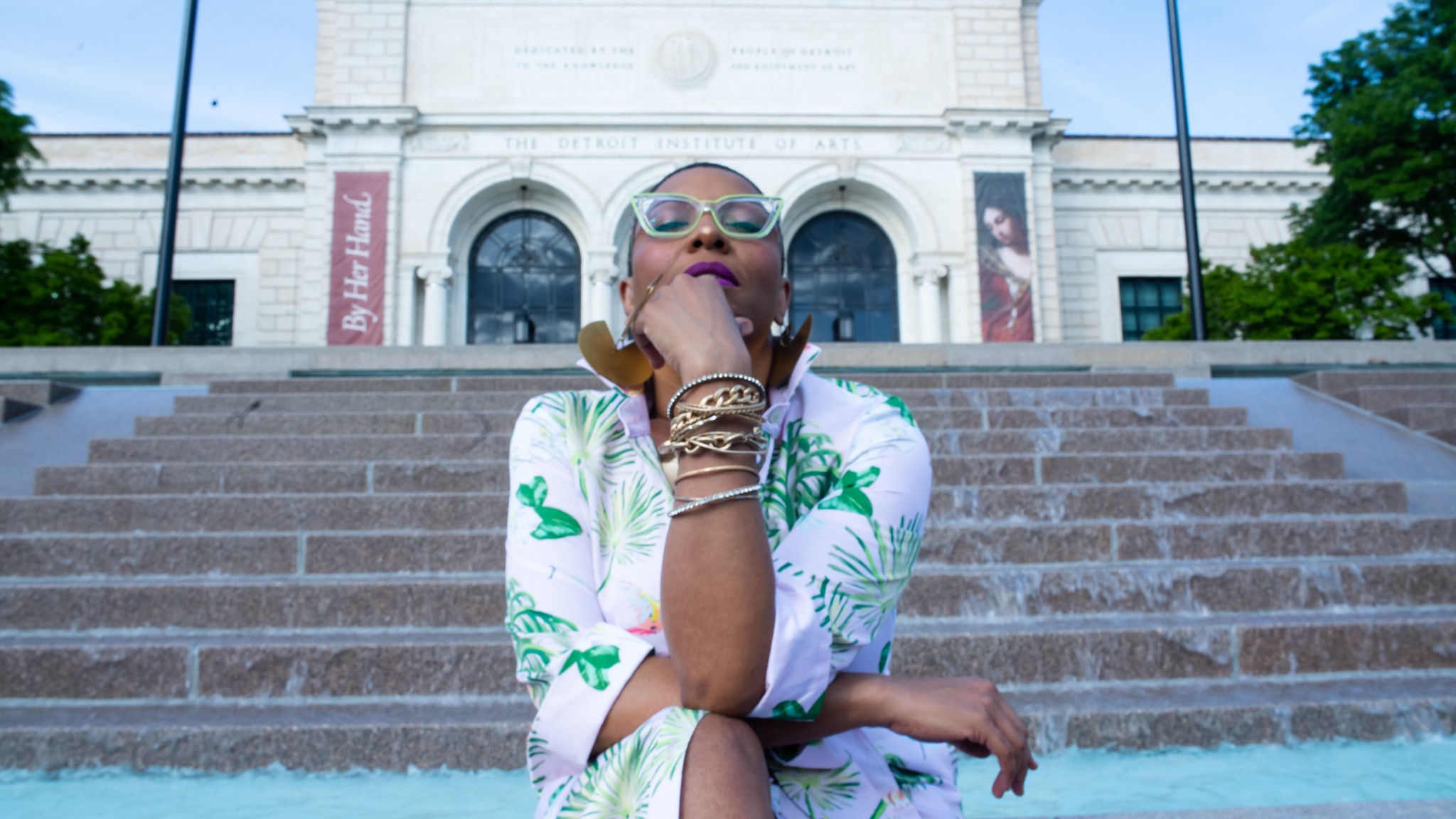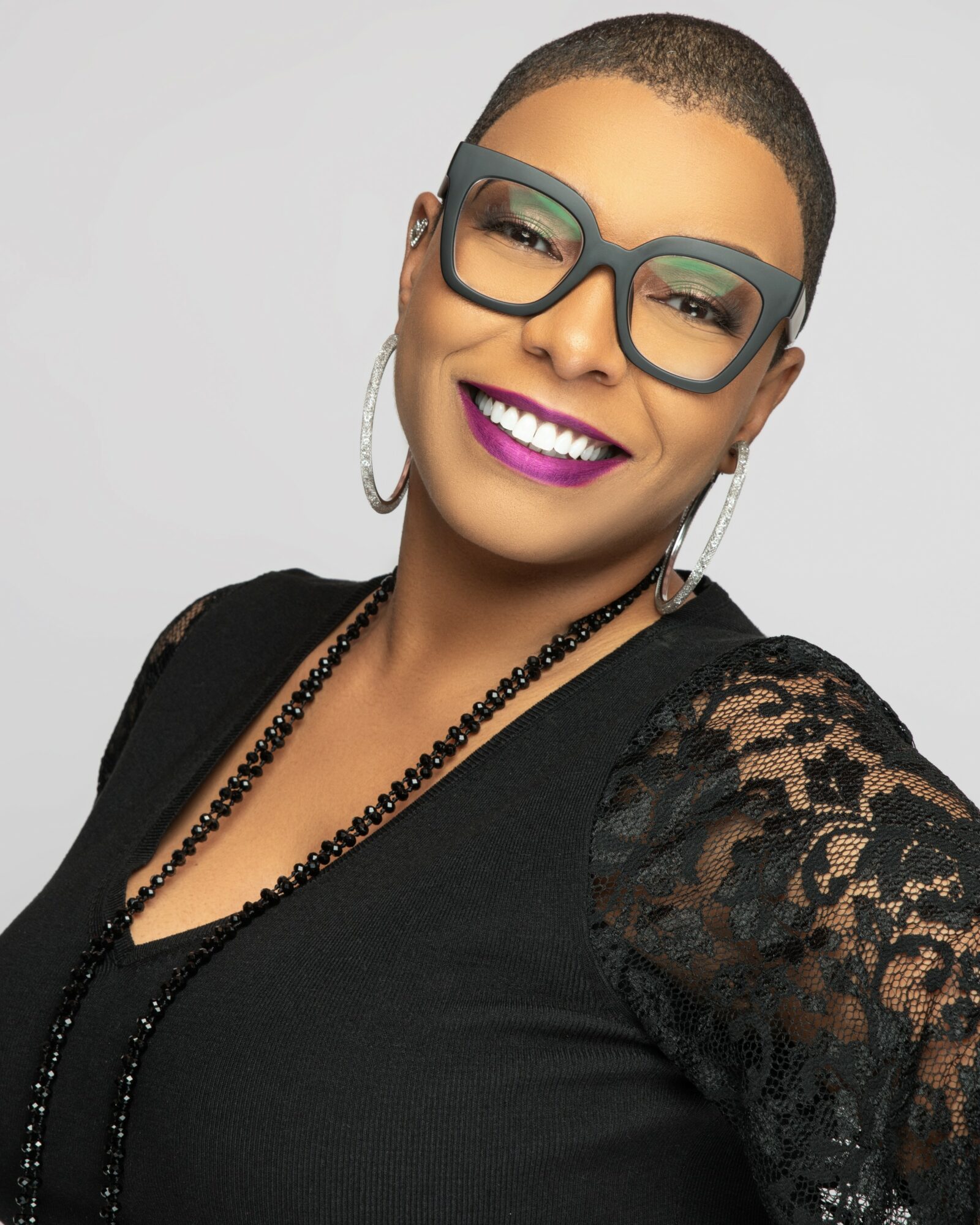

Today we’d like to introduce you to Dr. Kelli Morgan
Hi Dr. Kelli, so excited to have you with us today. What can you tell us about your story?
I grew up on the west side of Detroit, attended Mercy Highschool, and graduated Cum Laude from Wayne State University. After receiving my master’s and doctoral degrees from the University of Massachusetts Amherst, I set out to change the discriminatory foundations of traditional Western art museums. Thus, the concept for the Black Artists Archive began germinating in 2011 when I visited Kellie Jones’ groundbreaking exhibition Now Dig This!: Art and Black Los Angeles, 1960-1980. I identified immediately that I needed to bring more visibility to the fact that Black artists in L.A. were not an anomaly. The artists in the exhibition in L.A. were just one example of a much larger scenario.
Black artists have always created the cultural and institutional infrastructures they needed to sustain their practices despite being purposely excluded from their local, regional, national, and international art establishments. I utilized my experience in viewing the L.A. show to reflect on the artists in my hometown of Detroit, Michigan, who had also established a burgeoning arts community and vast cultural ecosystem throughout the city from the late 1950s through the 2000s, in isolation, without support and acknowledgment of the traditional arts community.
I had come of age with the work of artists like Ronald Scarborough, John Onye Lockhart, Olayami Dabls, Harold Neal, Shirley Woodson Reid, Dr. Cledie Taylor, Sabrina Nelson, and a host of others, whom I admired and championed, but found few others that held them in the regard they deserved. In that moment, I realized that an exhibition chronicling the histories of Black artists in Detroit was necessary and quite possible due to the depth of artists and their legacies
within Detroit. As such, I began to further research and plan for such an exhibition on my own time and with my finances.
Would you say it’s been a smooth road, and if not what are some of the biggest challenges you’ve faced along the way?
I’m well known throughout the arts and culture sector for facing my challenges head-on. Most notably, in 2020, upon my very public resignation from the Indianapolis Museum of Art at Newfields, I wrote the groundbreaking essay “To Bear Witness: Real-Talk about White Supremacy in Art Museums Today, which candidly laid out the realities of anti-blackness within traditional art museums. Although traditional museums and the larger arts community, including the for-profit sector, have recently broadened their interests in Black artists and culture, they continue to be colonial institutions with complex histories and practices. Artists, in general, are often not the focal point of support for their careers. However, Black artists and curators are even more left without that infrastructure, which is not changing with the current interest in their work.
This means that despite the fastidious acquisition and exhibition of works by Black artists, serving to promote and advance individual for-profit and nonprofit organizational DEAIB efforts, traditional institutions rarely compensate or assist emerging Black artists beyond “museum exposure.” Additionally, they do not cultivate healthy work environments for Black arts professionals, which leaves artists and curators of color at the forefront of those inequities. Lastly, the artwork is hardly ever interpreted through Black cultural frameworks and intellectual traditions. Black museums nationwide have often led the charge of doing this work; however, they have historically gone under-recognized and severely underfunded.
I have been and remain at the forefront of this work, advising many organizations and initiatives that developed during & after the racial reckoning of 2020, such as Museums Moving Forward (MMF) and Readying the Museum (RTM).
Thanks – so what else should our readers know about your work and what you’re currently focused on?
With over ten years of experience as a curator, educator, and activist in the cultural sector, I am widely known as a leader in progressive museum practice whose work develops and advances anti-racist approaches to art curation, fundraising, and community engagement. I regularly train staff and emerging curators at institutions worldwide. I am a leading and influential voice in championing museum practices that are safer for and more responsible to individuals and communities of color.
Throughout my career, I have remained steadfast in my commitment to Black communities and visual cultures, using my time as a curator of American art at the Pennsylvania Academy of the Fine Arts and the Indianapolis Museum of Art at Newfields to advance curatorial methodologies and interpretive strategies that center African Diasporic ways of knowing. I have also held academic positions at various colleges and universities nationwide. Most notably, I was the inaugural Director of Curatorial Studies at Tufts University, where I developed a graduate certificate in Anti-Racist Curatorial Practice. I’ve also held positions at the Tyler School of Art at Temple University, Wayne State University, and the University of Michigan Ann Arbor.
Currently, I’m the Founding Executive Director of the Black Artists Archive, a new nonprofit arts organization in Detroit, MI that fosters a nurturing environment for creativity, exhibition, learning, and the preservation of Black art history and visual culture.
I am most proud of the ways that I’ve used my voice and my resources to uplift others and their work, as well as the ways in which I am steadfastly committed to honesty and integrity.
We’d love to hear about how you think about risk taking?
After ten years of working as a Black curator in some of the nation’s leading art museums, I understand the nefarious discrimination within museum culture more than I would like. My most significant risk was publically resigning from the Indianapolis Museum of Art at Newfields due to racial discrimination. After facing this battle against an extremely biased museum director, I then established an academic curriculum at Tufts University that trained museum professionals on how to navigate discriminatory cultures within predominantly white institutions and how to divest from the traditional practices that maintain them. Unfortunately, I discovered that the same prejudiced systems, resistant to Black ways of knowing in museums, also existed in academia. Moreover, my time teaching in fine art schools and liberal arts colleges in several major urban centers revealed the glaring absence of curricula that efficiently prepared artists for the realities of commercial galleries and aspiring arts professionals for the realities of art museums.
I found that many MFA programs lack business courses that properly instruct students to write about, archive, and license their work. There is also an absence of instruction on properly navigating and safely engaging with commercial galleries. Correspondingly, most Museum Studies and Art History programs lack courses grounded in the colonial history of the museum complex itself and how Western art history has functioned as a type of propaganda. Thus, both artists and arts professionals alike are graduating from programs woefully underprepared to be successful in their careers, given the current political state of the arts and cultural sector. This issue is even more pronounced when the focus is localized to historically marginalized groups such as emerging/mid-career Black artists and arts professionals.
With this, I returned home and explored the long-time culturally specific institutions that are based in Detroit. This reconnaissance work not only revealed successful strategies for establishing a self-sustaining Black arts org, it also revealed that throughout my career, I’ve been working in a much longer tradition of self-initiated organizational development implemented by Black artists and professionals in Detroit from Esther Gordy Edwards who founded the Motown Museum to Dr. Charles Wright who founded the Museum of African American History and the Association of African American Museums. Armed with this knowledge, I developed the three foundational pillars of the Black Artists Archive, the Archive itself, the Black Curatorial Institute, and the DUO Incubator Residency to address the issues in the field that are outlined above.
Contact Info:
- Website: https://www.thesemuseumstreets.com and www.blackartistsarchive.org
- Instagram: https://www.instagram.com/baadetroit/ and https://www.instagram.com/thesemuseumstreets/
- Youtube: https://www.youtube.com/@BAADetroit
